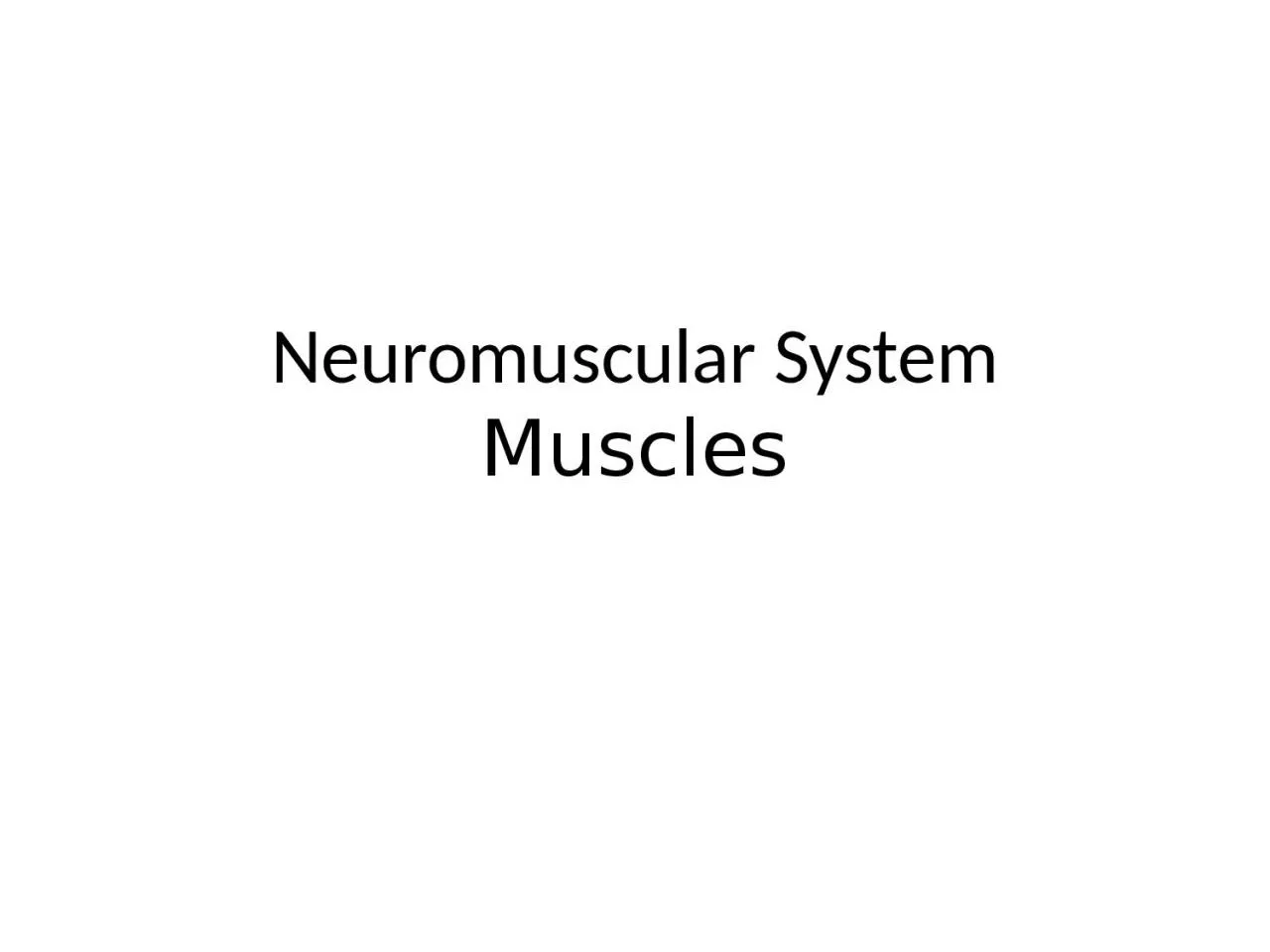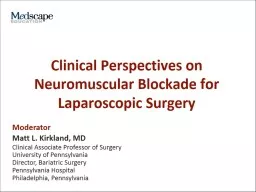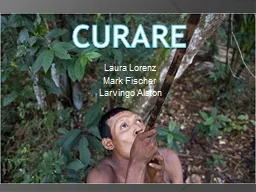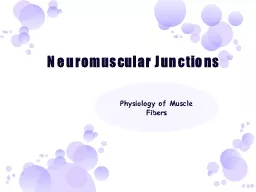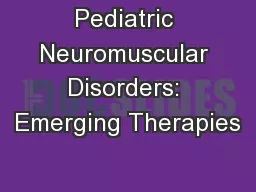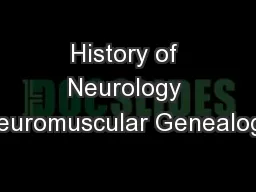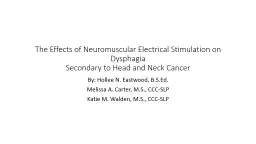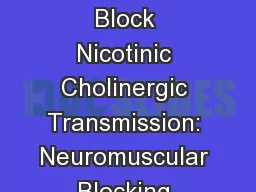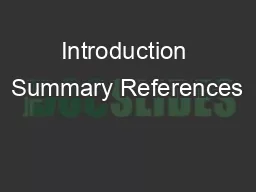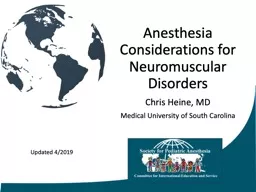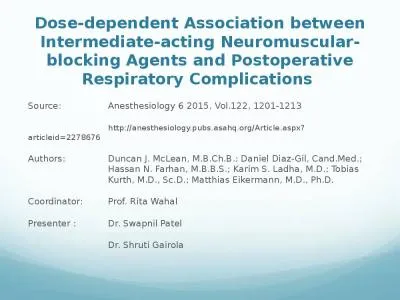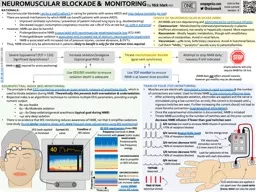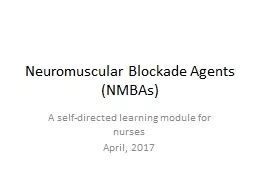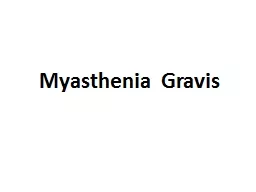PPT-Neuromuscular System Muscles
Author : belinda | Published Date : 2023-07-21
Types of muscle tissue There are 3 types of muscle tissue found in an animal body However they are the Biological motors that convert chemical energy into mechanical
Presentation Embed Code
Download Presentation
Download Presentation The PPT/PDF document "Neuromuscular System Muscles" is the property of its rightful owner. Permission is granted to download and print the materials on this website for personal, non-commercial use only, and to display it on your personal computer provided you do not modify the materials and that you retain all copyright notices contained in the materials. By downloading content from our website, you accept the terms of this agreement.
Neuromuscular System Muscles: Transcript
Download Rules Of Document
"Neuromuscular System Muscles"The content belongs to its owner. You may download and print it for personal use, without modification, and keep all copyright notices. By downloading, you agree to these terms.
Related Documents

